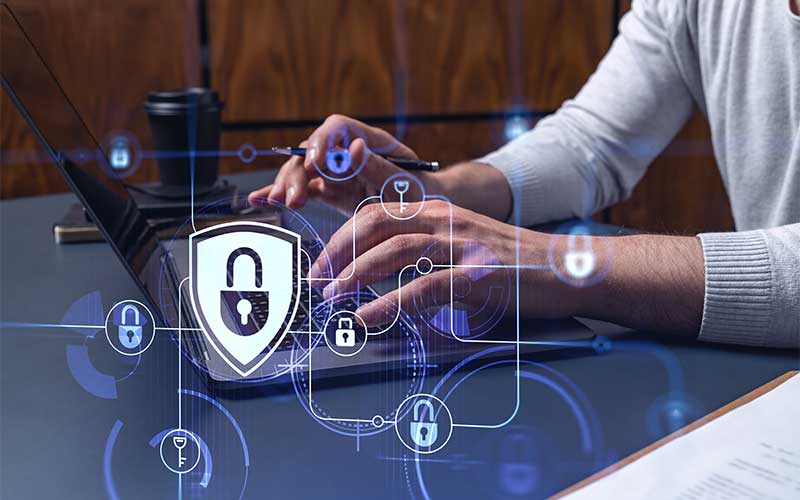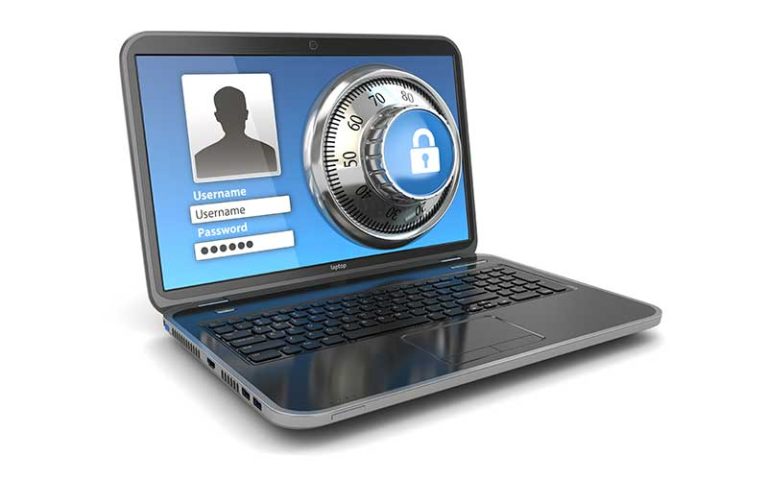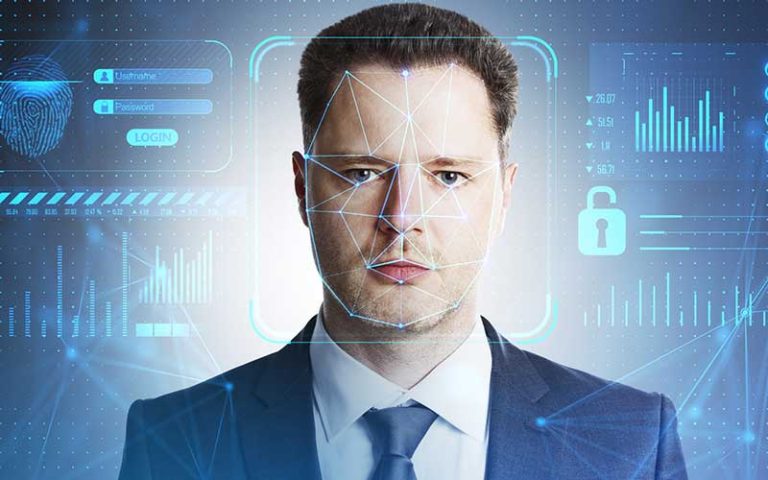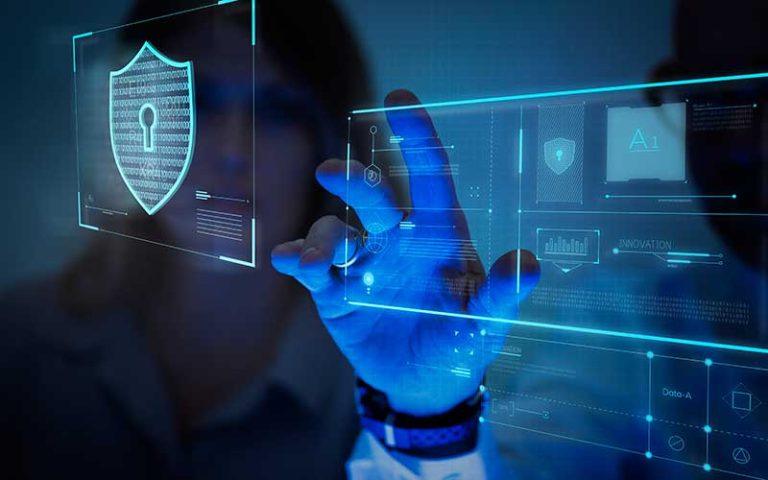The relationship between physical security and cybersecurity
In an era where our lives are becoming increasingly digitized, the line between physical security and cybersecurity is blurring. As we delve into this interconnected landscape, it’s important to understand…
In an era where our lives are becoming increasingly digitized, the line between physical security and cybersecurity is blurring. As we delve into this interconnected landscape, it’s important to understand these concepts in isolation before exploring their interplay. In this article, we will scrutinize the individual components of physical security and cybersecurity, gradually bridging the gap between these two distinct, yet increasingly interwoven, paradigms of security.
Understanding Physical Security
Before we delve into the intricacies of the relationship between physical security and cybersecurity, it’s crucial to establish a solid understanding of each concept individually. Physical security, the more traditional concept of the two, is all about taking steps to protect tangible assets – your people, your premises, and your systems.
Basics
Physical security primarily pertains to the measures taken to protect tangible assets, such as buildings, company assets, and personnel, from physical threats. This might include the use of locks, security guards, surveillance cameras, and access control systems. Physical security is a basic need for every business, and it’s often the first line of defense.
Importance
The significance of physical security can never be overstated. Without robust physical security, your assets, information, employees, and the entire business can be at risk. The tangible assets of a company are its bedrock; without them, it may be challenging to operate and survive.
Understanding Cybersecurity
Now, let’s navigate the digital landscape with a dive into cybersecurity. Cybersecurity is the yin to physical security’s yang, offering protection in the virtual world.
Basics
Cybersecurity is the practice of protecting internet-connected systems, including hardware, software, and data, from cyber threats. Cybersecurity measures include firewalls, antivirus software, password protections, and encryption. These tools safeguard against threats like viruses, malware, ransomware, and phishing attacks.
Importance
In our interconnected world, cybersecurity has become essential. Businesses depend on digital platforms and data to operate effectively. A breach in cybersecurity can result in substantial financial loss, data theft, and reputational damage.
Intersection of Physical Security and Cybersecurity
With our individual understanding of physical security and cybersecurity, we can begin exploring their intersection. It’s here where the realms of physical and digital security overlap, presenting a unique set of challenges and opportunities.
How They Interact
The relationship between physical security and cybersecurity is not always apparent, but they are increasingly interdependent. For example, a physical breach into a data center can lead to a cybersecurity disaster. Similarly, a cyber-attack on a building’s control system can cause physical damage.
Why It Matters
The interplay between physical security and cybersecurity is crucial. A security strategy that integrates both physical and cyber domains ensures a holistic defense against a wide range of threats. It encourages an organization to think critically about all potential vulnerabilities, ensuring no stone is left unturned.
Real-world Examples of Security Interplay
As we delve deeper into the relationship between physical security and cybersecurity, let’s illustrate their interaction with some real-world examples. These instances will help us understand how these seemingly disparate security domains can significantly impact each other.
Physical Breaches leading to Cyber Threats
A glaring example of how physical security can impact cybersecurity is when unauthorized personnel gain access to secure areas and tamper with devices, leading to data breaches or system shutdowns. The infamous Target data breach in 2013, for instance, began with the infiltration of a third-party HVAC vendor’s network, demonstrating how a physical entry point can open up cyber vulnerabilities.
Cyber Threats Causing Physical Damage
On the other hand, cyber threats can have physical consequences. For instance, the Stuxnet worm that was designed to target Iran’s nuclear program caused physical damage to the nuclear centrifuges. This sophisticated cyber-attack demonstrated that cybersecurity is not just about safeguarding data; it’s also about protecting physical assets.
Balancing Physical Security and Cybersecurity
With the increasing convergence of physical security and cybersecurity, it’s crucial to strike the right balance between the two. Instead of viewing them as distinct silos, we should consider them as two sides of the same coin, each complementing and reinforcing the other.
Finding the Middle Ground
Balancing physical security and cybersecurity means finding a middle ground where the measures implemented in one do not negatively affect the other. For instance, while it’s crucial to have a physically secure data center, it shouldn’t be so locked down that it hinders the IT team’s ability to promptly address cyber threats.
Incorporating Both
Organizations need to devise strategies that incorporate both physical security and cybersecurity. This involves creating a cross-functional team with expertise in both domains to collaboratively design and implement a comprehensive security strategy.
Challenges in Merging Physical and Cybersecurity
As we strive to integrate physical security and cybersecurity, we must acknowledge the challenges that come with this merging. Understanding these challenges will help us better navigate the road to integrated security.
Resistance to Change
One of the biggest obstacles in merging physical security and cybersecurity is the resistance to change. This resistance often stems from a lack of understanding about how these domains can effectively work together and the benefits they can offer.
Need for Cross-disciplinary Skills
Another significant challenge is the need for cross-disciplinary skills. As physical and cybersecurity become more intertwined, there is an increasing demand for professionals who understand both domains and can effectively bridge the gap between them.
Future Trends in Integrated Security
As we look to the future, several emerging trends suggest that the integration of physical security and cybersecurity will continue to deepen. These trends reflect the evolving security landscape and the increasing need for a holistic approach to security.
IoT in Security
The Internet of Things (IoT) is playing a significant role in integrating physical security and cybersecurity. IoT devices like security cameras and smart locks are blurring the line between these security domains, requiring strategies that address both physical and cyber threats.
AI and Machine Learning
Artificial Intelligence (AI) and Machine Learning (ML) are also shaping the future of integrated security. These technologies can help detect and mitigate both physical and cyber threats, enabling a more proactive and adaptive approach to security.
Conclusion
In conclusion, the relationship between physical security and cybersecurity is multifaceted and increasingly intertwined. In an era of escalating security threats and technological advancements, it’s crucial to adopt a comprehensive security strategy that considers both physical and cyber domains. By understanding their interaction, we can better mitigate risks and protect our valuable assets, both tangible and intangible.
Frequently Asked Questions
- Why is the integration of physical security and cybersecurity important?
The integration of physical security and cybersecurity is essential because these two domains are increasingly interconnected. A breach in one can lead to vulnerabilities in the other. Moreover, integrated security strategies provide a comprehensive defense, covering all potential threats. - Can a cyber threat cause physical damage?
Yes, a cyber threat can cause physical damage. A notable example is the Stuxnet worm, which caused physical damage to Iran’s nuclear centrifuges. - What role does IoT play in integrating physical security and cybersecurity?
IoT devices like security cameras and smart locks blur the line between physical security and cybersecurity. As these devices are connected to the internet, they need to be protected from cyber threats while also serving as physical security assets. - How can organizations balance physical security and cybersecurity?
Organizations can balance physical security and cybersecurity by creating cross-functional teams with expertise in both domains. These teams can work together to design and implement a comprehensive security strategy that addresses both physical and cyber threats. - What challenges might organizations face when merging physical security and cybersecurity?
Key challenges include resistance to change and the need for cross-disciplinary skills. Overcoming these challenges requires education about the benefits of integrated security and training to develop the necessary skills. - How are AI and Machine Learning influencing integrated security?
AI and Machine Learning are helping to detect and mitigate both physical and cyber threats, enabling a more proactive and adaptive approach to security. These technologies can analyze vast amounts of data to identify patterns and predict threats, enhancing both physical security and cybersecurity.







